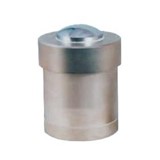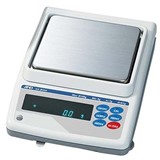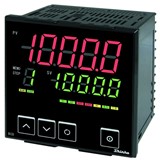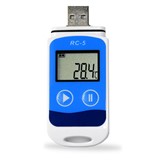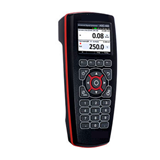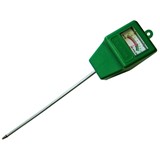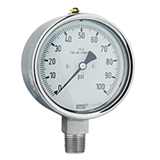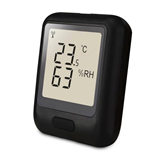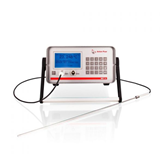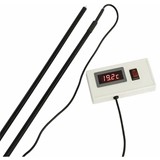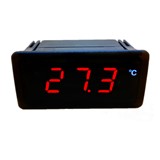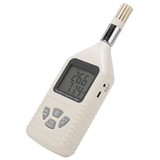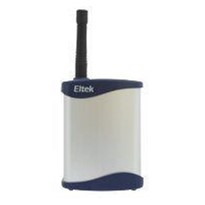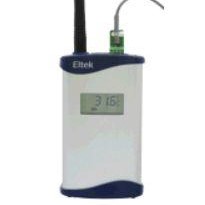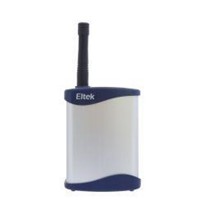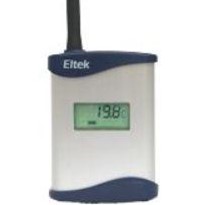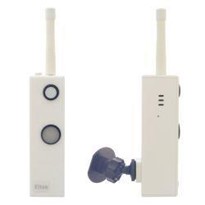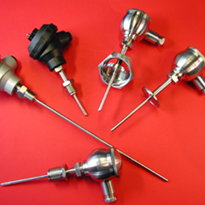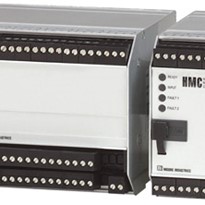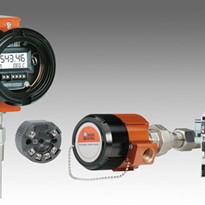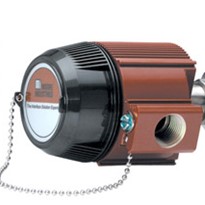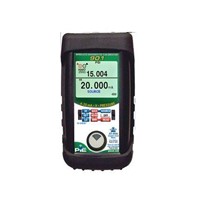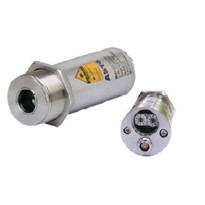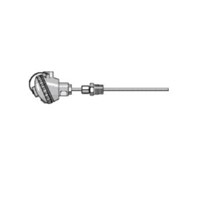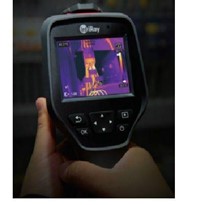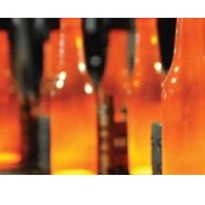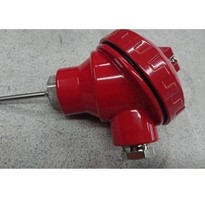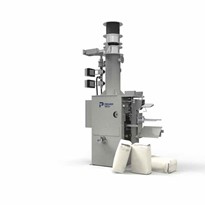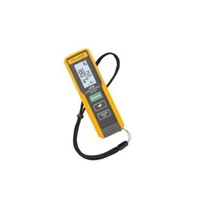Thermocouples and Resistance Temperature Detectors (RTDs) are the main types, each reacting differently to temperature changes. Thermocouples generate voltage changes, while RTDs alter resistance, typically using platinum for superior accuracy albeit at a higher cost.
Resistance Temperature Detector (RTD)
The RTD is known as a resistance thermometer and measures the temperature by the change in resistance of the RTD element with the temperature. The metal can be made of different materials including platinum, nickel or copper. However, platinum is the most accurate but also carries a higher cost.
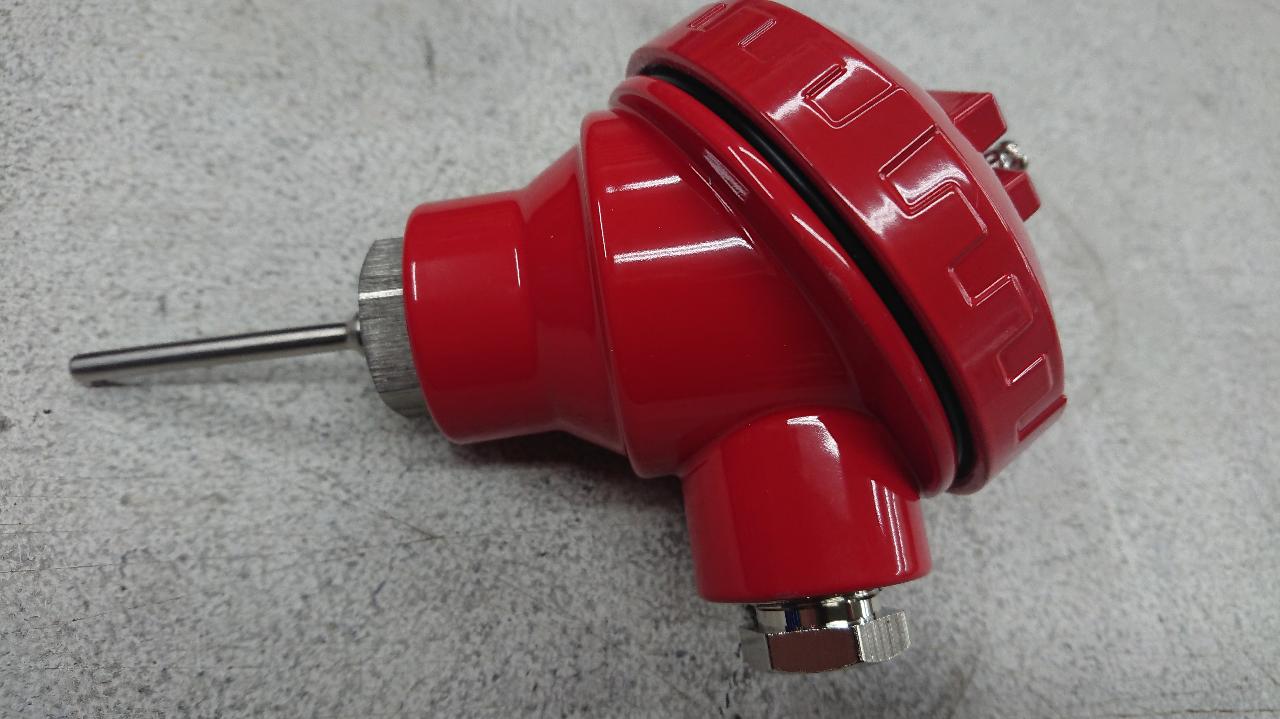 Thermocouple
Thermocouple
The Thermocouple is a sensor made with two different metal wires connected together at the sensing end. The voltage measured on the other end reflects the temperature being measured. Although the accuracy can be slightly lower than an RTD, they have the most extensive temperature range from -200 °C to 1750 °C and are generally more cost-effective.
In various industries such as glassmaking, pharmaceuticals, and brewing, maintaining precise temperatures is vital for ensuring high-quality products. However, directly connecting sensors like thermocouples and RTDs to Programmable Logic Controllers (PLCs) can sometimes result in accuracy issues due to electromagnetic interference (EMI). To mitigate this, converting sensor signals to a 4-20 mA current standard effectively reduces errors caused by EMI.
Thermocouples produce low voltage signals (usually under 50 mV) and lack the ability to generate current, behaving akin to antennas. This makes them susceptible to electrical noise from sources like power mains, lightning, or radio interference, especially over longer wire distances. Similarly, RTDs, which use a small constant current, also pick up industrial noise through their connecting wires.
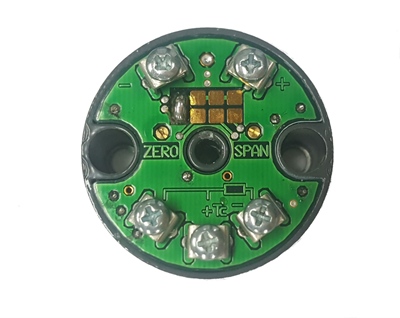 To improve accuracy and reliability, temperature transmitters play a crucial role. They interface with thermocouples or RTDs to amplify and condition the weak sensor signals. These conditioned signals are then transmitted over copper wires, even across considerable distances, for monitoring and controlling purposes. Temperature transmitters draw current from a DC power source proportionate to the sensor input, with the output signal represented typically as 4-20 mA.
To improve accuracy and reliability, temperature transmitters play a crucial role. They interface with thermocouples or RTDs to amplify and condition the weak sensor signals. These conditioned signals are then transmitted over copper wires, even across considerable distances, for monitoring and controlling purposes. Temperature transmitters draw current from a DC power source proportionate to the sensor input, with the output signal represented typically as 4-20 mA.
The transmitter’s internal circuitry adjusts the output current based on the temperature sensed, ensuring accurate representation across the temperature range. By isolating the sensor signal, filtering out electromagnetic noise, and converting it into a standardized electrical format (like 4-20 mA or 0-10V DC), transmitters enhance the reliability and precision of temperature measurements in industrial settings.
In summary, temperature transmitters are essential components that enhance the functionality of temperature sensors. They facilitate accurate temperature measurement, transmission, and control by converting sensor signals into standardized electrical outputs, ensuring optimal performance across various industrial application.
Pyrosales engineers are available to consult on various stages of any project, from the development and planning of a new project to modifying or upgrading an existing facility. Our staff is here to provide you with assistance and recommendations to ensure the best outcome and value. We are happy to visit our clients on-site or conduct meetings from one of our offices.




